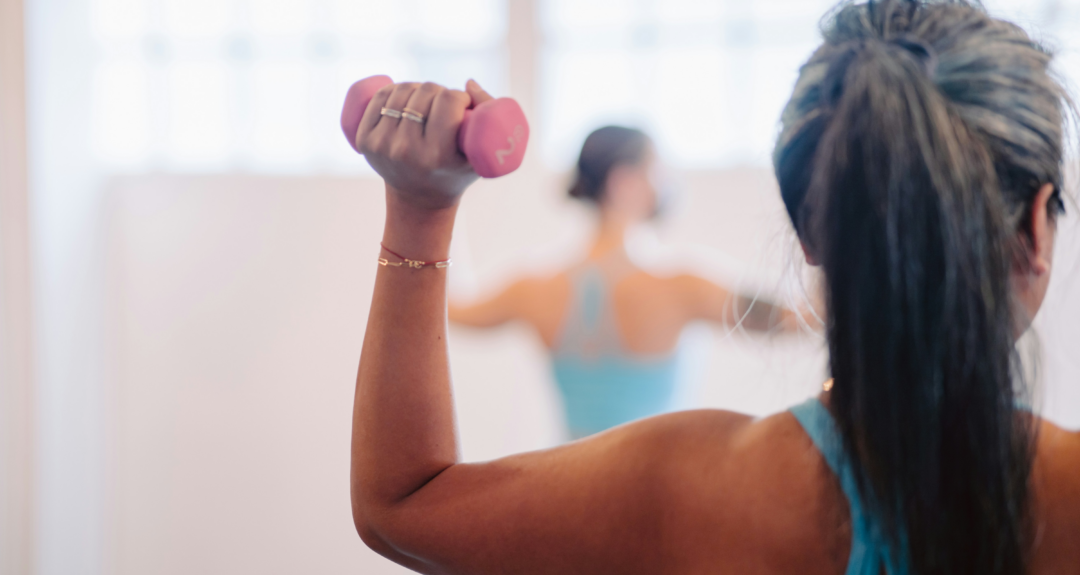Written by Ella MacDonald, Physiotherapist and APPI reformer instructor
May is International Osteoporosis month and we’d like to make sure everyone is taking their strength training to the bone.
What is Osteoporosis?
Osteoporosis is a health condition that weakens bones, making them fragile and more likely to break. It’s a ‘silent disease’, usually symptom free until it’s in its advanced stages. Most people don’t know they have it until after having a fracture. However, there is a lot you can do to minimise your risk factors and manage Osteoporosis.
What does Osteoporosis mean to you?
- If you’re a woman, you have a 30% chance of sustaining a fracture due to osteoporosis. (1)
- If you’re a man, you have a 25% chance of breaking a bone due to osteoporosis. (1)
- Once you fracture your hip, you only have a 20% chance of returning to your previous level of function. (1)
Osteoporosis can effect anyone, and in one way or another, does effect everyone. We therefore all have a responsibility to care of our bones at all stages of our life, no matter our age, gender or background.
What keeps our bones strong?
The most effective physical activity for our muscles, bones and joints is the highest intensity you can tolerate. Our bones thrive under force, fast and slow, as frequently as possible. The Royal Osteoporosis Society (2) further suggests we all require 50 impacts, most days of the week. One jump is one impact.
Examples of activities which are perfect for achieving our 50 impacts, include skipping, tennis, jogging or running. The challenge of course, is continuing these activities as our bodies age and we suffer from injuries and aches and pains. Our participation in such activities disappointingly wanes right when our bones are crying out for it!
The proportion of adults achieving enough impacts in a day to care for their bones reduces exponentially. Injuries and pain happen, we put it down to age, put away the tennis racquet, or running shoes, and wave goodbye to healthy bones.
We aren’t saying it’s easy, rehabilitation is a non – linear and often frustrating process. However the activities we are rehabbing back to are, in effect, what will keep you alive for longer! So let this be your reminder to give your injury rehab process everything and prioritise returning to some level of impactful exercise.
How can we Help?
There are three steps involved in maintaining and improving your bone health, and these fall into an ongoing cycle.
- The first is determining which activities you can regularly participate in, every week, for the rest of your life to keep your bones healthy. The second is ensuring your safety and longevity in participating in these activities. This involves injury prevention and rehabilitation. And the third is simply making these activities happen, consistently, for the rest of your life.
- Step one and three are up to you. Step two is where we may be able to help. As we have stressed, seeking help when you are no longer able to do a physical activity you were previously doing is pivotal. At APPI our physiotherapists and Pilates instructors are here to get you back to the activities that are going to keep your bodies mobile and your bones strong.
- Once we have assessed your injury we develop a rehab plan together, appropriate for your body, your life and your physical goals. We then ensure you are equipped with the knowledge and confidence for ongoing injury prevention independently, to ensure your safety and longevity in which ever activity you choose to do.
Pilates for Osteoporosis
Of course, we highly value the role Pilates plays in injury management and prevention. The versatility and freedom of Pilates on the mat and reformer provides endless opportunity to nurture our bodies. Whether its purpose is injury prevention or management or purely osteoporosis prevention, Pilates on the mat and reformer, offers something for everyone.
One last fact we’ll leave you with. Studies have shown if we increase our peak bone mass by 10%, we reduce our fracture risk by 50%. (3) We reach our peak bone density between the ages of 25 – 30 years. (4) So there is no person, of any age, who does not need to prioritise their bone health.
The Royal Osteoporosis Society offers a fantastic resource for activity suggestions and recommendations to start hitting those 50 impacts a day.
- Strong, Steady and Straight – An Expert Consensus Statement on Physical Activity and Exercise for Osteoporosis. (2018)
- https://theros.org.uk/information-and-support/bone-health/exercise-for-bones/
- Zhu, X. and Zheng, H. (2020) ‘Factors influencing peak bone mass gain’, Frontiers of Medicine, 15(1), pp. 53–69. doi:10.1007/s11684-020-0748-y
- Healthy Bones at every age – orthoinfo – aaos (2021) OrthoInfo. Available at: https://orthoinfo.aaos.org/en/staying-healthy/healthy-bones-at-every-age/#:~:text=Most%20people%20will%20reach%20their,proper%20nutrition%20and%20regular%20exercise. (Accessed: 14 May 2024).
Please contact us at hello@appiclinics.com for information and to discuss your bone health with one of our Physiotherapists. We can help you plan an individualised programme to optimise your bone health and reduce the risks of falls.

